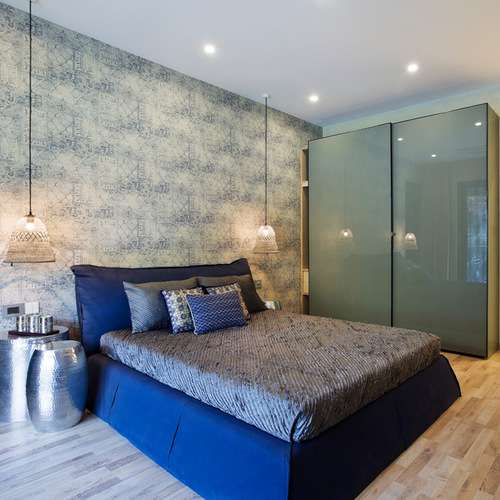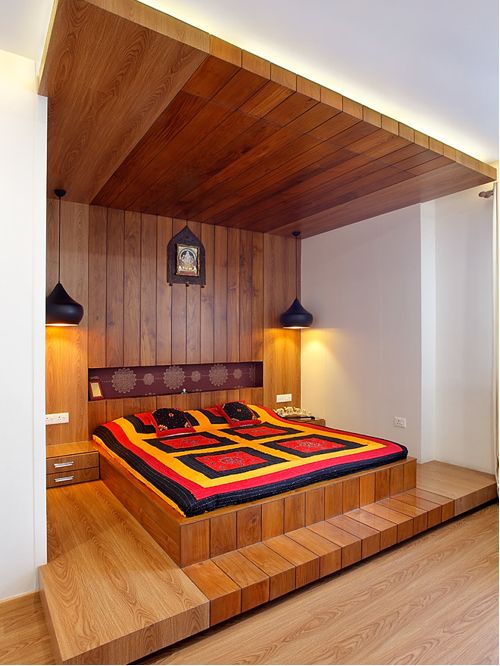1,29,05,662 Sunroom Design Photos
When you have a sunroom, less-than-ideal weather conditions can’t stop you from enjoying your surrounding landscape. A step up from an exposed deck or patio, sunrooms provide shelter from rain, wind and bugs, essentially extending the outdoor season — hence the term four season rooms. There are no limits when it comes to uses for a sunroom addition. Commonly, people take advantage of the plentiful sunlight and use them as informal conservatories or a garden room. If you don’t have a green thumb, you might use it as an additional indoor living space or create a relaxed outdoor feeling, like an enclosed patio or porch. With plenty of sunroom ideas to draw inspiration from, it’s helpful to know some of the basics about these structures before you start your addition or remodel. More
Popular Today








